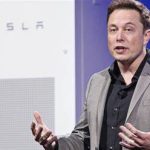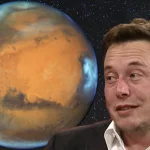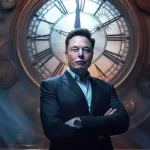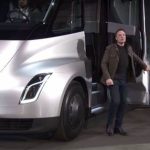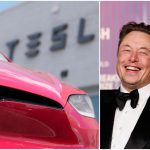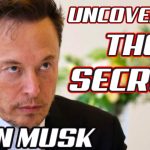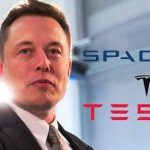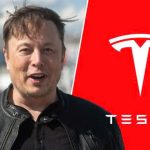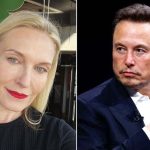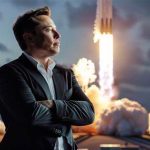Elon Musk: Reshaping the World with Ambitious Projects
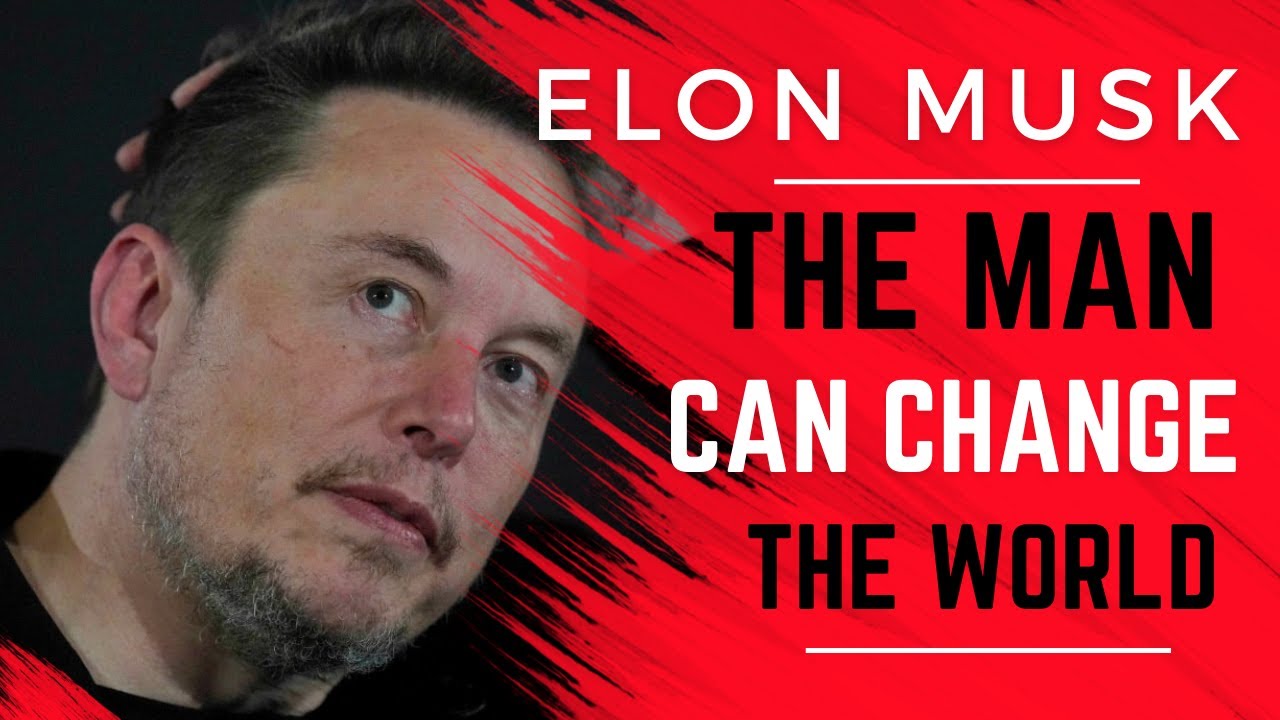
Elon Musk: Reshaping the World with Ambitious Projects
Elon Musk is a name that resonates globally, a titan whose influence spans technology, business, and the very future of humanity. Far more than just a successful entrepreneur, Musk is an inventor, engineer, and visionary leader whose bold ideas have sparked revolutions across industries. From electric vehicles to space exploration, brain-machine interfaces to urban infrastructure, his ambitious projects are not merely innovations—they’re seismic shifts that challenge the status quo and redefine what’s possible. Let’s delve into Musk’s transformative contributions through Tesla, SpaceX, Neuralink, and The Boring Company, and examine how his vision and tenacity are poised to shape the decades ahead.
Tesla: The Electric Car Revolution 🚗⚡️
Before Tesla roared onto the scene, electric vehicles (EVs) languished in a niche purgatory—dismissed as sluggish, utilitarian, and crippled by short ranges. They were the domain of eco-enthusiasts, not mainstream drivers, with clunky designs and batteries that barely limped past 100 miles. Elon Musk, stepping into Tesla’s leadership in 2004, obliterated these stereotypes. Under his stewardship, Tesla didn’t just build electric cars—it crafted luxurious, high-performance machines that rivaled the best gasoline-powered vehicles, turning EVs into objects of desire.
The Tesla Model S, launched in 2012, was a revelation: a sleek sedan with a 300-plus-mile range, a 0-60 mph sprint under three seconds in its top trims, and a minimalist interior dominated by a massive touchscreen. It wasn’t just an EV—it was a supercar killer that outpaced Porsches while sipping electrons. The Model 3, introduced in 2017, brought this revolution to the masses, offering affordability without sacrificing style or tech. The Model X’s falcon-wing doors and the rugged Model Y further showcased Tesla’s knack for blending innovation with flair. By 2025, Tesla’s lineup has set benchmarks in range, performance, and autonomy, with Full Self-Driving (FSD) software pushing the envelope of what cars can do without human hands.
Beyond vehicles, Tesla’s Supercharger network—over 50,000 stations worldwide by 2025—has tackled “range anxiety,” the Achilles’ heel of EV adoption. Strategically placed along highways and in cities, these fast-charging hubs make long-distance travel viable, a feat traditional automakers are scrambling to replicate. Tesla’s ripple effect is undeniable: giants like Ford (Mustang Mach-E) and Volkswagen (ID. series) have pivoted hard to electrification, spurred by Musk’s proof that EVs can dominate. Tesla isn’t just a car company—it’s the spark that ignited an industry-wide revolution, slashing carbon emissions and redefining mobility.
SpaceX: Conquering Space 🚀🌌
Musk’s ambitions soar beyond Earth’s atmosphere with SpaceX, a company he founded in 2002 to rewrite the rules of space exploration. At a time when spaceflight was the pricey playground of governments and a few bloated contractors, Musk dared to dream bigger—and cheaper. SpaceX’s Falcon 9 rocket, first launched in 2010, introduced a game-changer: reusability. By landing and refurbishing boosters, SpaceX slashed launch costs from tens of millions to as low as $50 million per flight, democratizing access to orbit. The 2015 footage of a Falcon 9 booster touching down upright remains a jaw-dropping milestone, proving skeptics wrong and cementing Musk’s reputation as a disruptor.
SpaceX’s achievements pile up like a sci-fi novel: the Crew Dragon ferrying astronauts to the International Space Station since 2020, Starlink’s constellation beaming internet to remote corners, and over 6,000 satellites launched by 2025. But the crown jewel is Starship—a behemoth rocket designed to haul 150 tons to orbit and carry humans to the Moon, Mars, and beyond. Test flights in Texas, despite early explosions, showcase its promise: a fully reusable system that could make space travel as routine as air travel. NASA’s 2021 Artemis contract for lunar landings and Musk’s pledge of uncrewed Mars missions by 2026 signal Starship’s trajectory.
Musk’s ultimate vision? A self-sustaining Martian colony by the 2030s, home to a million people—a “backup plan” for humanity against Earth-bound catastrophes. Critics call it far-fetched, but SpaceX’s track record—turning a fledgling startup into NASA’s go-to partner—suggests Musk’s cosmic bets might just pay off. SpaceX isn’t just conquering space; it’s rekindling humanity’s exploratory spirit, one launch at a time.
Neuralink: Brain-Machine Interface 🧠💻
If Tesla and SpaceX feel grounded in today’s tech, Neuralink catapults us into the realm of tomorrow. Launched in 2016, Neuralink aims to bridge the human brain and computers via implantable brain-machine interfaces (BMIs)—a concept as thrilling as it is daunting. Musk’s goal is twofold: first, to treat neurological disorders like Parkinson’s or paralysis; second, to amplify human cognition, merging us with artificial intelligence (AI) to keep pace with its rapid evolution.
Neuralink’s tech hinges on ultra-fine “threads”—electrodes thinner than a human hair—inserted into the brain to record and stimulate neural activity. Early demos dazzled: a 2021 video showed a monkey playing Pong with its mind, while 2024 trials hint at human applications nearing reality. Imagine a paraplegic typing emails via thought or an Alzheimer’s patient regaining lost memories—Neuralink’s near-term potential is profound. Musk’s longer vision is wilder: brain chips enabling telepathic communication or downloading skills like Neo in The Matrix. By 2035, he predicts, we might “merge with AI,” enhancing memory and intellect to rival supercomputers.
Challenges loom—surgical risks, ethical quandaries, regulatory hurdles—but Neuralink’s progress is striking. Musk’s knack for pushing boundaries suggests this sci-fi dream could reshape medicine and human capability, opening doors we’ve yet to fully fathom.
The Boring Company: Solving Traffic Congestion 🚇🚧
The Boring Company, founded in 2016, is Musk’s quirky yet pragmatic stab at urban woes. Born from his frustration with Los Angeles traffic—“soul-crushing,” he called it—Musk envisioned a network of underground tunnels to whisk vehicles at high speeds, bypassing gridlock. Unlike traditional subways, these tunnels would host Tesla electric pods or personal cars on sleds, zipping along at 120 mph or more.
Skeptics mocked it as a billionaire’s folly, but The Boring Company has delivered proof-of-concept. The Las Vegas Convention Center Loop, opened in 2021, ferries passengers across a 1.7-mile stretch in minutes, a hit with conventioneers. A 2025 expansion promises broader reach, while projects like the proposed LA-to-LAX Hyperloop tease grander ambitions. Musk’s tunnel-digging tech, like the Prufrock boring machine, aims to slash costs and speed construction, making vast networks feasible.
Critics argue it’s a niche fix—tunnels won’t solve sprawl or public transit’s woes—but Musk sees it as one piece of a mobility puzzle, complementing Tesla’s EVs and easing urban strain. It’s classic Musk: unconventional, divisive, and brimming with potential to rethink how we move.
Vision and the Ability to Shape the Future 🔮
Musk’s genius isn’t just in products—it’s in foresight. He spots challenges others ignore—climate collapse, Earth’s fragility, human limitation—and attacks them with solutions that seem outlandish until they work. Tesla’s EV dominance was a moonshot in 2004; today, it’s a $1 trillion juggernaut. SpaceX’s reusable rockets were laughed off; now, they’re industry standard. This pattern—dream big, defy odds, deliver—defines his ability to shape tomorrow.
His impact is tangible: Tesla’s slashed global CO2 emissions by millions of tons, pushing renewables via SolarCity and Powerwall. SpaceX has revived space exploration, inspiring private players like Blue Origin. Neuralink could heal millions, while The Boring Company hints at smarter cities. Economically, his firms employ tens of thousands and drive innovation; socially, they shift how we live and dream.
Yet, Musk’s path isn’t smooth. Tesla’s production hiccups, SpaceX’s Starship explosions, and Neuralink’s ethical debates draw flak. Some call his Mars vision a pipe dream or fret over AI’s risks outpacing Neuralink’s safeguards. Costs—financial, environmental, human—spark debate: is Musk’s future worth the price? He shrugs off naysayers, arguing progress demands bold bets, not timid steps.
Conclusion: A Titan of Tomorrow
Elon Musk’s influence on the modern world is undeniable. He’s a visionary who sees beyond the horizon, an innovator who turns “impossible” into “done,” and a leader who drags humanity—sometimes kicking and screaming—into the future. Tesla has electrified transport, SpaceX has reclaimed the cosmos, Neuralink probes our minds, and The Boring Company digs beneath our feet. Each project carries risks and critics, but together, they weave a tapestry of ambition that could define the 21st century.
Whether he’s greening Earth, colonizing Mars, or rewiring brains, Musk’s legacy is unfolding in real time. Love him or loathe him, his imprint is indelible—a force reshaping our world with ideas as audacious as they are transformative. #ElonMusk #Tesla #SpaceX #Neuralink #TheBoringCompany #Technology #Future #Innovation #Vision
